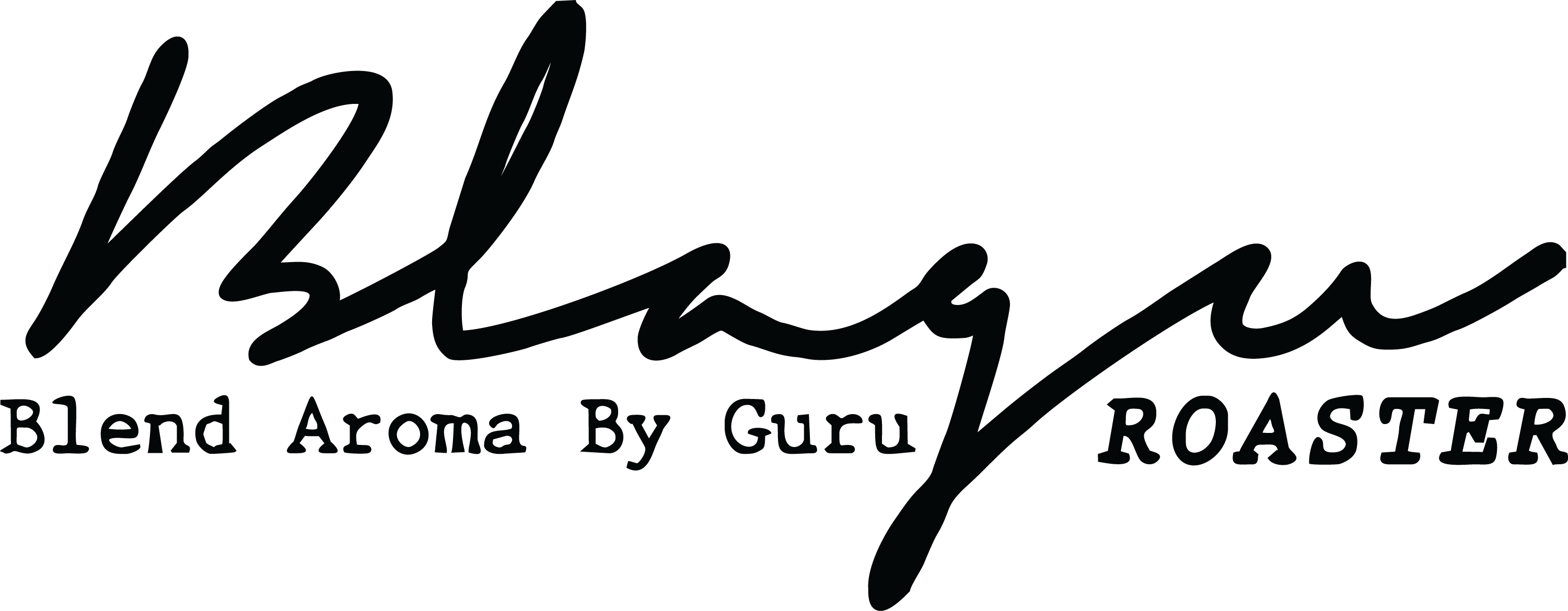Business applications are software that help companies operate more efficiently and effectively. They automatize processes, streamline communication, and increase productivity. They come in all shapes and sizes, from enterprise resource planning (ERP) and human information systems for resources (HRMS) to inventory management and project management software. The majority of business applications aren’t like consumer-oriented apps such as email clients and photo editors. They are focused on a specific aspect of business operations, or assist a specific team. For instance, marketing teams require different features than sales teams.
Generally speaking, business application software has two elements: the user interface and the data source. The UI is a basic interface that allows users to interact and modify data displayed on screen. The data sources themselves are, on the other hand include both business metadata and technical metadata which are used by the application. The UI is the link between the business and data functions. It connects users to their application.
In addition, business apps offer a wide range of advantages for companies and organizations. They can boost productivity, decrease costs, and increase revenue. They also enable businesses to make smarter decisions and boost overall health of the company by enhancing communication and collaboration.
Many business users shy away from incorporating these types of software into their workflows, fearing that they’ll take away their jobs. However, integrating these https://allsmarthomebusiness.com/ideals-vdr-review-2021 software into your work environment won’t end your job; it will just help you climb the ladder to reach higher-level deliverables. You’ll still be responsible for the same tasks however, with more time and less distraction.
